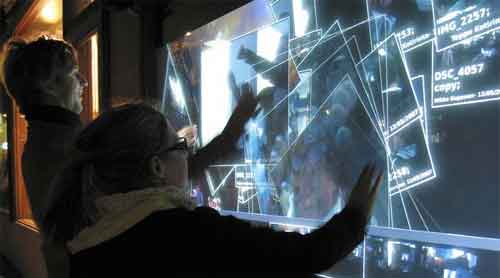Last Monday morning, at 6 am (!) at the Burlington airport's security checkpoint, I dutifully put my coat, my shoes, my wallet, my loose change, my two carry-on bags, and my Ziplock baggie holding all my sub-3-oz toiletries for easy inspection onto the x-ray conveyor belt. The first screening guy (with rubber gloves on) holds up the Ziplock baggie and shouts to the guy at the end of the line, "More than 3 oz!"
The second guy comes over to get the bag (pulling on rubber gloves), and pulls out the tube of Tom's of Main toothpaste that has like an ounce of toothpaste in it. (Backstory: The tube of toothpaste was on the counter before I left, and I figured an ounce of toothpaste would get me through three days.) He holds up the tube of toothpaste, which has had the end part of the tube rolled up over and over until there was this little ounce of toothpaste left in it. Looks sort of pathetic.
"This container holds eight ounces."
I can't come up with a response, so I look at him in a sort of "Of course!" kind of way.
The security guy gets an embarrassed look on his face, and says, "I know there's only a little bit of toothpaste left, but the container could hold eight ounces.
I start to point out that the TSA-mandated Ziplock baggie my toiletries are in—the TSA-mandated Ziplock baggies that the other 300 people in line are also using—could hold 32 freaking ounces of liquid.
Then in that "life flashes before my eyes/Fox News Live Coverage of the Toothpaste Bomber Trial" way, I say, "You can confiscate that."







